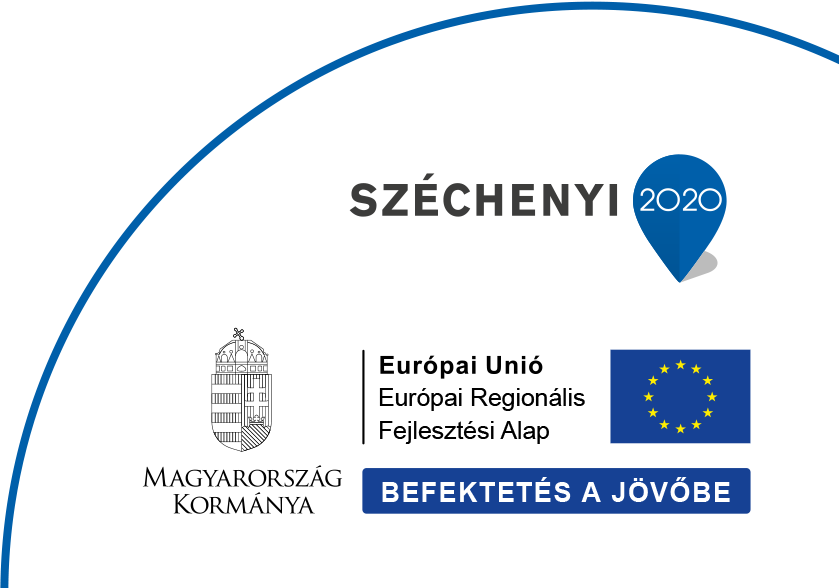
Head of Department
Attila Hirn
Tel: +36 (1) 392 2291
e-mail: hirn.attila@ek.hun-ren.hu
Centre for Energy Research (EK) is one of the research institutes having the biggest space heritage in Hungary. As a result, the number of space instruments or detectors made in EK or its predecessors and delivered to space on board geophysical rockets, satellites, interplanetary space probes, manned spacecraft and space stations is close to a hundred.
The predecessor of the Space Research Department, the Space Electronics Group (later Space Dosimetry Research Group), was founded in 1970. In the past half century, parameters of micrometeorites and characteristics of the Earth’s ionosphere were measured; solar wind parameters as well as the plasma around comet Halley and planet Mars were studied with the help of instruments developed by the researchers and engineers of the laboratory. Significant contribution was made to two scientific payloads on board Rosetta lander Philae, with which measurements were conducted on the surface of comet 67P/Churyumov-Gerasimenko. The Pille on-board thermoluminescent dosimeter (TLD) system developed by the institute is unique in the world. Since 1980, different generations of the instrument have been used on several Russian and US spacecraft and space stations, as well as for environmental dosimetry on the Earth. The latest version of the Pille system has been continuously operated as part of the service dosimetry system in the Russian segment since 2003. Pille is indeed an important contribution of Hungary to the largest international space laboratory of the world. For the invitation of the European Space Agency (ESA), the Space Research Department is currently working on the feasibility study and the basic concept of the Internal Dosimetry Array (IDA) instrument suite, which will be the first European internal scientific payload on the Lunar Gateway, the space station to be built in the frame of the Artemis programme in lunar orbit. IDA will also include the TRITEL 3D silicon detector system, developed in EK.
The main research areas:
- Space dosimetry (dosimetry mapping of the spatial distribution of space radiation, radiation dose monitoring, personal dosimetry, measurement of the dose distribution in antropomorphic phantoms, dosimetry support for biological experiments) with active (powered) and passive (non-powered) dosimeter systems; method, detector and instrument development.
- Space weather related method, detector and instrument development; simultaneous space radiation and geomagnetic field measurements.
- Radiation analysis including radiation environment description for different space missions/orbits, radiation transport calculations with Monte Carlo methods to provide estimation of total ionizing dose (TID) and linear energy transfer (LET) spectra.
Our projects are realized in international collaboration, mostly in the frame of European Space Agency programmes or in the frame of the Hungarian-Russian space research and space technology cooperation agreement.
In recent years, a space research development laboratory and space test centre, audited by the ESA, have been founded to provide test facilities also for domestic space industry, in accordance with ECSS space industry standards.
Webpage of the Space Research Department:: http://spacedosimetry.com
Webpage of EK’s space industry spin-off company, REMRED Ltd.: http://remred.space
Our publications:
https://m2.mtmt.hu/gui2/?type=institutes&mode=browse&sel=institutes21890
Until 2019, they appeared as the Radiation Protection Department:
https://m2.mtmt.hu/gui2/?type=institutes&mode=browse&sel=institutes13013
The colleagues of the department
Attila Hirn – Head of Department
Boglárka Kádiné Erdős
László Karácsony
Júlia Kulcsár
Boldizsár Major
Ádám Marton
Eszter Pálfalvi
Patrik Pinczés
Julianna Szabó
Balázs Tóth
Győző Tóth
Balázs Zábori
